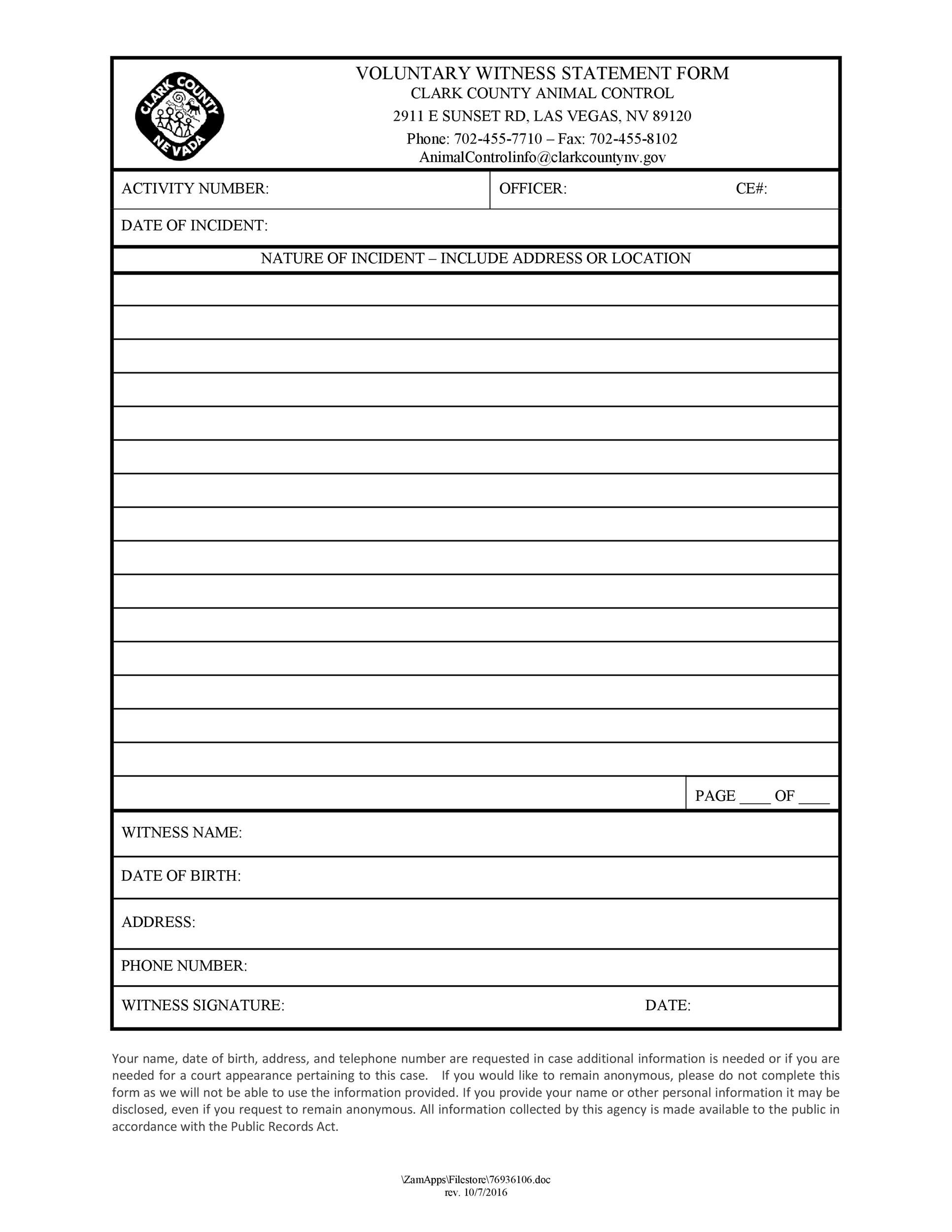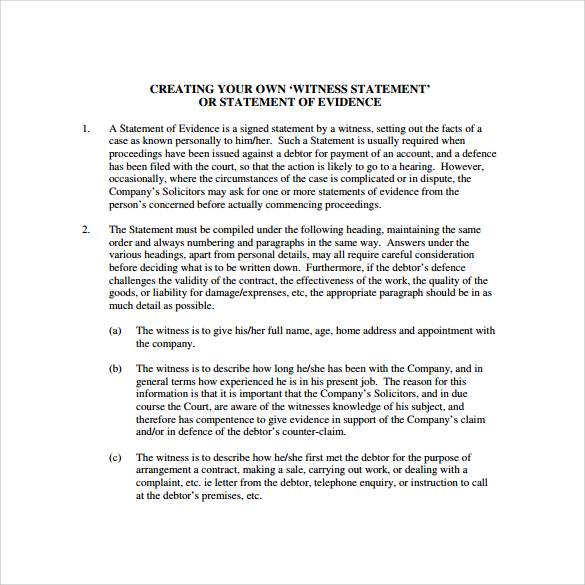
The prosecution must serve its case (all of the witness statements, transcripts and other material it intends to rely on) before the trial. The defence will then cross-examine him, putting their version of events. The main reason for this is for the defence to put the disputed version of events to the witness in cross-examinationįor example, where a witness makes a written statement to the police that he saw the defendant involved in a fight, but the defendant denies involvement, there is a clear dispute. The prosecution will therefore have to call the witness who will give his version of events. Where they cannot agree the contents of a witness statement or transcript, that witness will be asked to give evidence at trial. The defence will then go through these statements/transcripts, deciding which they can accept and agree with (where there is no dispute) and which they cannot accept (where there is a dispute). In some cases a witness’s account is recorded on video, in which case the video and a transcript of it will be served on the defence. The prosecution will serve on the defence the witness statements of all the witnesses they intend to rely on to prove the case. Reading witness statements (usually where the other side agree with the contents of the statement) īoth the prosecution and defence agreeing the evidence and then writing that evidence down in a document as an agreed fact (admitted facts). to the magistrates or a jury) is done by both the prosecution and defence in three ways:
Witness statement definition trial#
Presenting evidence before the court at trial (i.e. is there room for confusion, mistake, have they blatantly lied, are they exaggerating, are they telling the whole truth?Īll evidence at trial relates to a witness in one way or another, whether it be the alleged victim or an eyewitness to an assault, a shopkeeper producing a video recording of a burglary caught on a security camera, or a forensic accounting expert analysing financial records in a fraud case, They will have to assess whether they can be sure what a witness has told them is correct, i.e.

Where there is a dispute about what happened, very often juries and magistrates will have to make their decision based on the evidence of witnesses. DNA, fingerprint, blood pattern analysis, video, cell site analysis) but even these may rely on to a significant extent on human analysis. There are multiple ways to prove a case using scientific and direct evidence (e.g.

The evidence of witnesses lies at the heart of the criminal justice system.


 0 kommentar(er)
0 kommentar(er)
